Home>diy>Building & Construction>Where Are You Most Likely To Encounter Lead On A Construction Site?
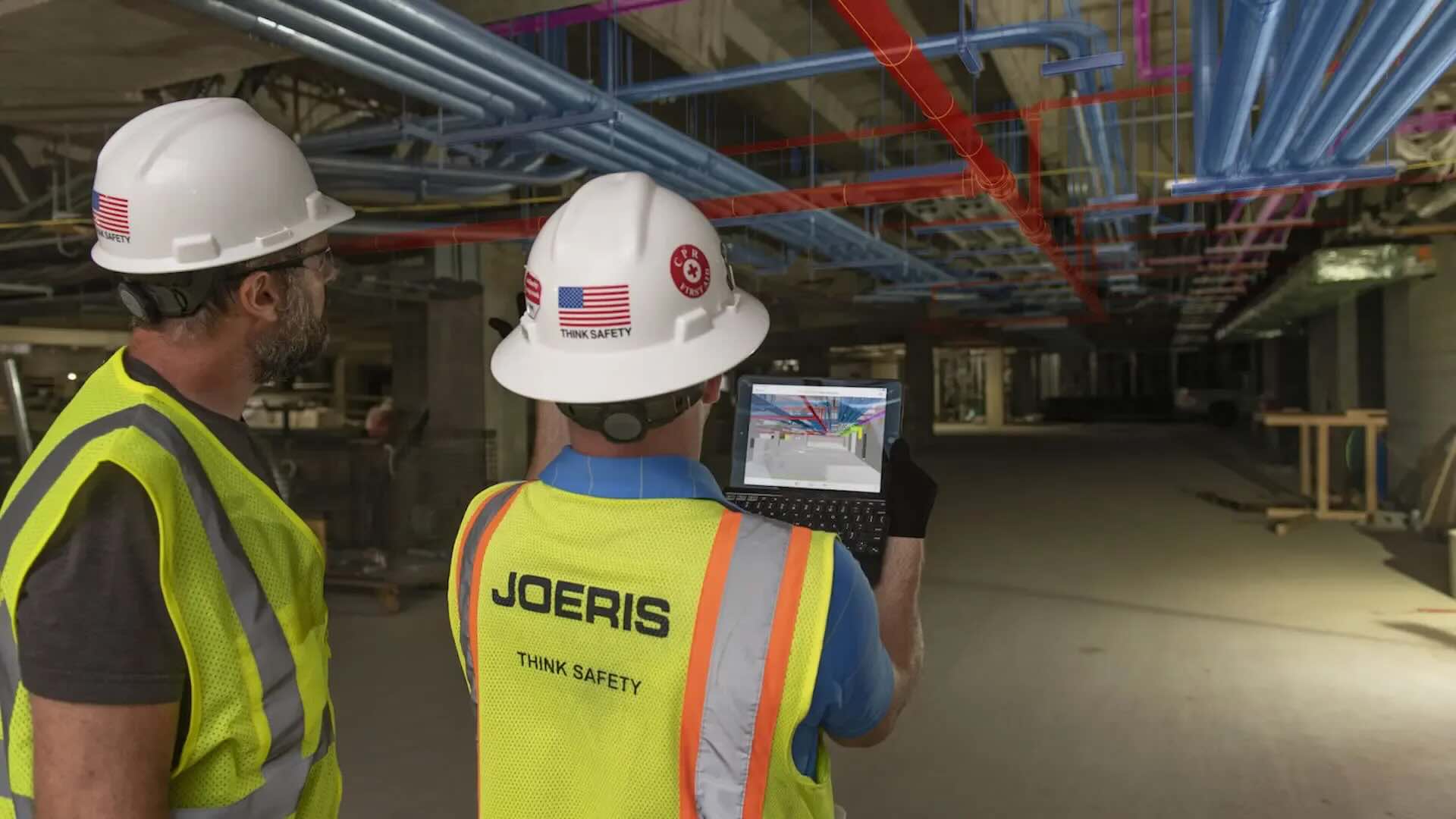

Building & Construction
Where Are You Most Likely To Encounter Lead On A Construction Site?
Modified: January 4, 2024
Discover where lead exposure is most prevalent on building construction sites and how to mitigate the risks. Learn about the potential sources and stay safe.
(Many of the links in this article redirect to a specific reviewed product. Your purchase of these products through affiliate links helps to generate commission for Storables.com, at no extra cost. Learn more)
Lead Exposure on Construction Sites
Introduction
Welcome to the dynamic world of construction, where every project is a testament to human ingenuity and craftsmanship. However, amidst the hustle and bustle of construction sites, there exists a hidden danger that often goes unnoticed – lead exposure. As an SEO expert with a deep understanding of building construction, I am here to shed light on this crucial aspect of construction safety. In this article, we will explore the common sources of lead exposure on construction sites and discuss essential precautions and safety measures to protect workers and the surrounding environment.
Construction sites are vibrant hubs of activity, where skilled professionals converge to bring architectural blueprints to life. However, the very materials and processes that fuel this transformation can also pose potential health hazards, with lead being a prominent concern. Lead exposure is a serious issue that can have detrimental effects on the well-being of construction workers and the broader community. Therefore, it is imperative to understand where lead is commonly encountered on construction sites and how to mitigate the associated risks.
Throughout this article, we will navigate through the labyrinth of construction activities, pinpointing areas where lead exposure is most prevalent and examining the measures that can be implemented to ensure a safe and healthy work environment. By the end of this journey, you will have a comprehensive understanding of the nuances of lead exposure in construction and the strategies to minimize its impact. So, fasten your seatbelts as we embark on this enlightening exploration of lead exposure on construction sites.
Lead Exposure on Construction Sites
Key Takeaways:
- Lead exposure is a hidden danger on construction sites, often stemming from lead-based paint, plumbing materials, roofing components, and lead-acid batteries. Understanding these sources and implementing safety measures is crucial for protecting workers and the environment.
- To safeguard against lead exposure, construction professionals must conduct lead testing, use personal protective equipment, implement containment and ventilation measures, provide education and training, and ensure regulatory compliance. These proactive steps create a safer and healthier construction environment.
Read more: What Is A Construction Site
Lead Exposure on Construction Sites
Construction sites are vibrant and dynamic environments where numerous materials and processes converge to create awe-inspiring structures. However, amidst this whirlwind of activity, there exists a hidden danger – lead exposure. Lead, a naturally occurring element found in the Earth’s crust, has been utilized in various construction materials for decades. While lead-based paints were commonly used in the past, the element still lurks in older structures and certain building components.
One of the most prevalent sources of lead exposure on construction sites is lead-based paint. When older structures are renovated or demolished, the disturbance of lead-based paint can release hazardous lead particles into the air, putting construction workers and nearby individuals at risk of inhalation. Additionally, lead may be present in plumbing materials, solder, and certain coatings used in the construction of pipes and other infrastructure components. The melting and welding of these materials during construction activities can generate lead fumes, further contributing to the risk of exposure.
Furthermore, lead may be present in some roofing materials, particularly those manufactured before regulations restricted the use of lead in such products. As these materials are manipulated during installation or repair, lead particles can become airborne, posing a threat to workers and the surrounding environment. In addition to these sources, lead may also be encountered in the form of lead-acid batteries, which are commonly used to power heavy construction equipment. Improper handling or disposal of these batteries can result in lead leakage, contaminating the soil and groundwater.
It is crucial for construction professionals to be aware of these potential sources of lead exposure and to implement stringent safety measures to mitigate the associated risks. By understanding where lead is most likely to be encountered on construction sites, workers and project managers can take proactive steps to safeguard themselves and the community from the harmful effects of lead exposure.
Common Sources of Lead Exposure
Lead exposure on construction sites can stem from a variety of sources, necessitating a comprehensive understanding of where this hazardous element may be lurking. By identifying the common sources of lead exposure, construction workers and project managers can implement targeted safety measures to minimize the risk of contamination.
Lead-Based Paint: One of the primary sources of lead exposure on construction sites is lead-based paint, which was commonly used in older structures. During renovation, repair, or demolition activities, the disturbance of lead-based paint can release lead particles into the air, potentially endangering workers and bystanders. It is essential to exercise caution when working in older buildings and to employ appropriate containment and ventilation measures to mitigate the dispersal of lead particles.
Plumbing Materials: Lead may be present in plumbing materials, solder, and certain coatings used in the construction of pipes and infrastructure components. When these materials are manipulated during installation or repair, lead particles can be released, posing a risk of inhalation or ingestion. Workers involved in plumbing-related activities should be equipped with the necessary personal protective equipment (PPE) and trained in safe handling practices to minimize the potential for lead exposure.
Roofing Materials: Some older roofing materials may contain lead, particularly those manufactured before regulations restricted the use of lead in such products. When these materials are disturbed during maintenance, repair, or installation, lead particles can become airborne, posing a risk to workers and the surrounding environment. It is imperative to identify and handle these materials with care, implementing measures to prevent the dispersion of lead particles.
Lead-Acid Batteries: Lead-acid batteries, commonly used to power heavy construction equipment, present another potential source of lead exposure. Improper handling or disposal of these batteries can result in lead leakage, contaminating the soil and groundwater. Workers should be trained in the safe handling and disposal of lead-acid batteries, and measures should be in place to prevent environmental contamination.
Lead Dust and Fumes: Various construction activities, such as sanding, cutting, welding, and abrasive blasting, can generate lead dust and fumes from existing lead-containing materials. Adequate ventilation, respiratory protection, and dust control measures are essential to minimize the dispersion of lead particles and fumes, thereby reducing the risk of inhalation and ingestion.
By recognizing these common sources of lead exposure on construction sites, proactive steps can be taken to safeguard the well-being of construction workers and the surrounding community. Through stringent safety protocols, proper training, and the use of effective containment and ventilation measures, the risks associated with lead exposure can be significantly mitigated, fostering a safer and healthier construction environment.
Be cautious around old paint, pipes, and dust on construction sites, as they may contain lead. Always wear proper protective gear and follow safety protocols to minimize exposure.
Precautions and Safety Measures
Protecting construction workers and the surrounding environment from lead exposure requires the implementation of robust precautions and safety measures. By integrating these measures into construction practices, the risks associated with lead can be effectively minimized, ensuring a safer and healthier work environment.
Lead Testing and Assessment: Prior to commencing any renovation, repair, or demolition activities, it is crucial to conduct thorough lead testing and assessment, especially in older structures. Identifying the presence of lead-based paint, lead-containing materials, or lead-acid batteries enables construction professionals to devise targeted strategies for safe handling and containment.
Personal Protective Equipment (PPE): Equipping construction workers with appropriate PPE, including respiratory protection, protective clothing, gloves, and eye protection, is essential for minimizing direct contact with lead particles and fumes. Workers should be trained in the proper use and maintenance of PPE to ensure its effectiveness in mitigating lead exposure.
Containment and Ventilation: Implementing effective containment measures, such as plastic sheeting and barriers, during activities that may disturb lead-containing materials can prevent the dispersion of lead particles. Additionally, ensuring adequate ventilation in work areas where lead dust and fumes may be generated is crucial for minimizing inhalation risks. Utilizing localized exhaust ventilation and HEPA-filtered equipment can help capture and remove airborne lead particles.
Safe Handling and Disposal: Workers involved in the manipulation, removal, or disposal of lead-containing materials must be trained in safe handling practices to prevent the release of lead particles. Proper containment, labeling, and secure storage of lead-based materials and waste are essential to minimize environmental contamination. Additionally, adhering to regulations and guidelines for the disposal of lead-acid batteries is paramount to prevent soil and groundwater pollution.
Education and Training: Providing comprehensive education and training programs on lead awareness and safe work practices is instrumental in empowering construction workers to recognize and mitigate lead exposure risks. Training should encompass lead safety protocols, hazard communication, proper hygiene practices, and the use of lead-specific control measures, fostering a culture of awareness and responsibility.
Regulatory Compliance: Adhering to relevant regulatory standards and guidelines pertaining to lead exposure is non-negotiable. Construction companies must stay abreast of regulatory requirements and ensure full compliance with lead safety regulations, including monitoring and reporting obligations, to uphold the highest standards of safety and environmental responsibility.
By diligently implementing these precautions and safety measures, construction professionals can effectively mitigate the risks associated with lead exposure on construction sites. Through a combination of proactive assessment, targeted controls, comprehensive training, and regulatory adherence, a culture of lead awareness and safety can be cultivated, fostering a secure and sustainable construction industry.
Conclusion
As we conclude our exploration of lead exposure on construction sites, it is evident that the proactive identification and mitigation of lead-related risks are paramount to ensuring the safety and well-being of construction workers and the broader community. Construction sites, with their diverse array of materials and processes, can harbor hidden sources of lead exposure, necessitating a vigilant and informed approach to risk management.
By understanding the common sources of lead exposure, such as lead-based paint, plumbing materials, roofing components, lead-acid batteries, and lead dust and fumes, construction professionals can strategically implement precautions and safety measures to minimize the potential for lead contamination. From comprehensive lead testing and assessment to the conscientious use of personal protective equipment and the implementation of effective containment and ventilation measures, each step taken plays a pivotal role in safeguarding against lead exposure.
Education and training emerge as cornerstones in the quest for lead safety, empowering construction workers with the knowledge and skills to identify, address, and prevent lead-related hazards. Regulatory compliance further reinforces the commitment to lead awareness and safety, underscoring the industry’s dedication to upholding the highest standards of occupational health and environmental responsibility.
As an SEO expert with a deep understanding of building construction, I emphasize the importance of integrating lead safety considerations into the fabric of construction practices. By doing so, construction companies not only protect the health and safety of their workforce but also contribute to the preservation of the surrounding environment, ensuring sustainable and responsible construction operations.
Ultimately, our journey through the nuances of lead exposure on construction sites underscores the transformative power of knowledge and proactive risk management. By fostering a culture of lead awareness, education, and compliance, the construction industry can navigate the complexities of lead exposure with confidence and responsibility, paving the way for a safer and healthier construction landscape for generations to come.
Thank you for accompanying me on this enlightening exploration of lead exposure on construction sites. May the insights gained empower you to champion lead safety in the dynamic realm of construction, creating a legacy of resilience and responsibility.
Frequently Asked Questions about Where Are You Most Likely To Encounter Lead On A Construction Site?
Was this page helpful?
At Storables.com, we guarantee accurate and reliable information. Our content, validated by Expert Board Contributors, is crafted following stringent Editorial Policies. We're committed to providing you with well-researched, expert-backed insights for all your informational needs.

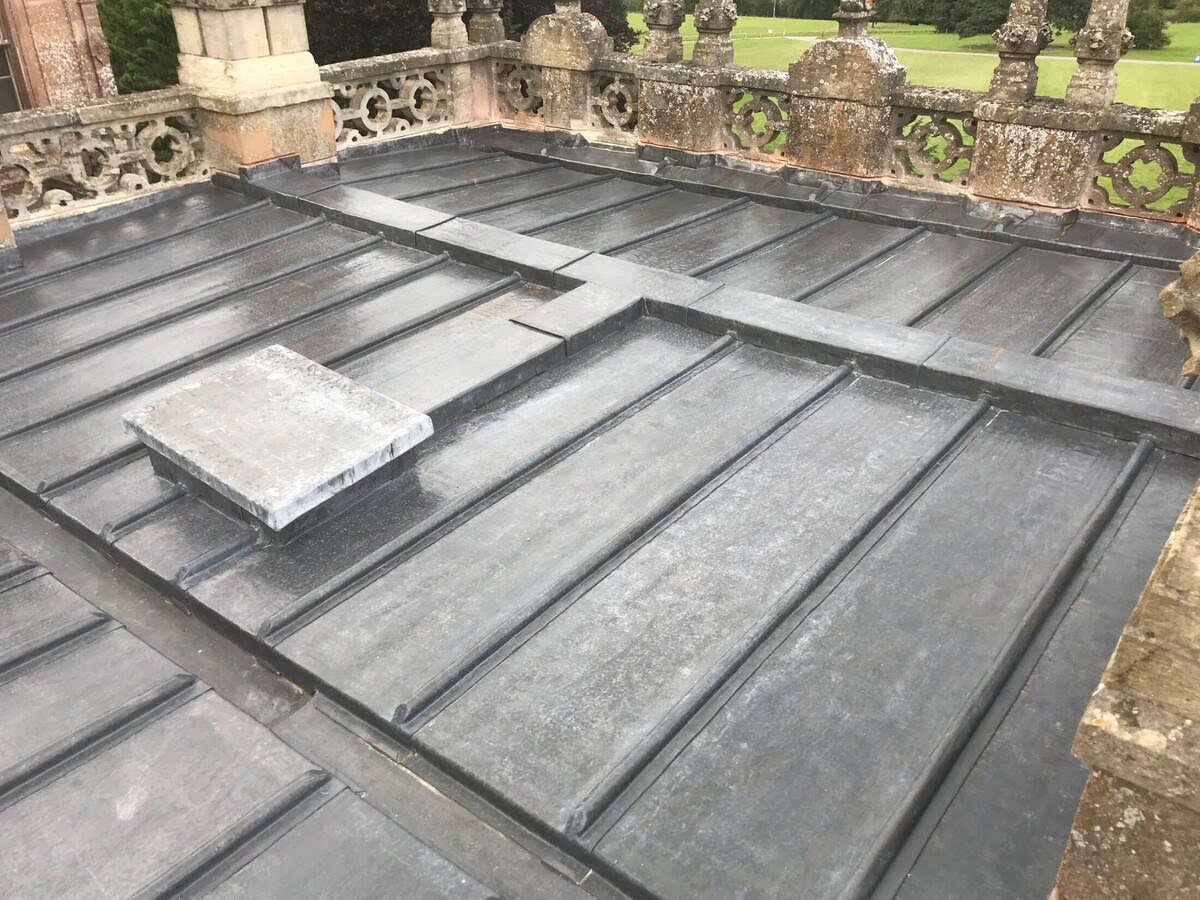
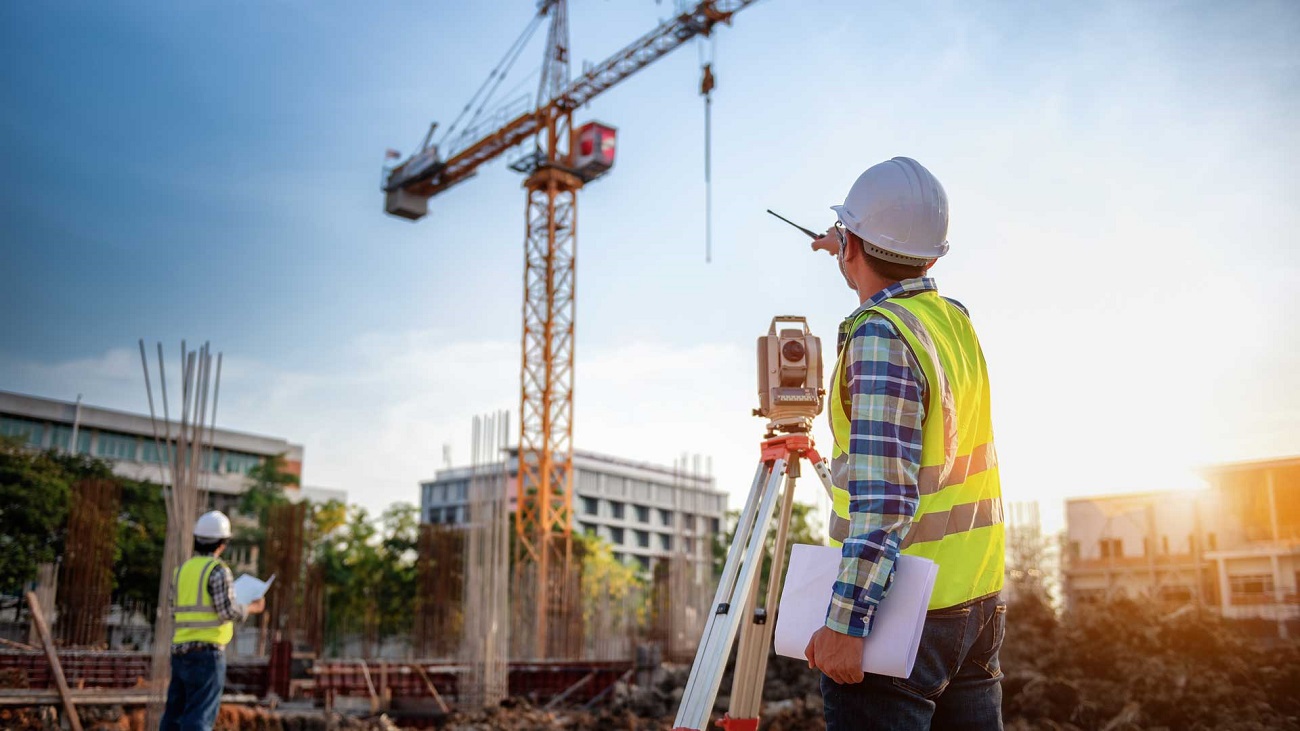
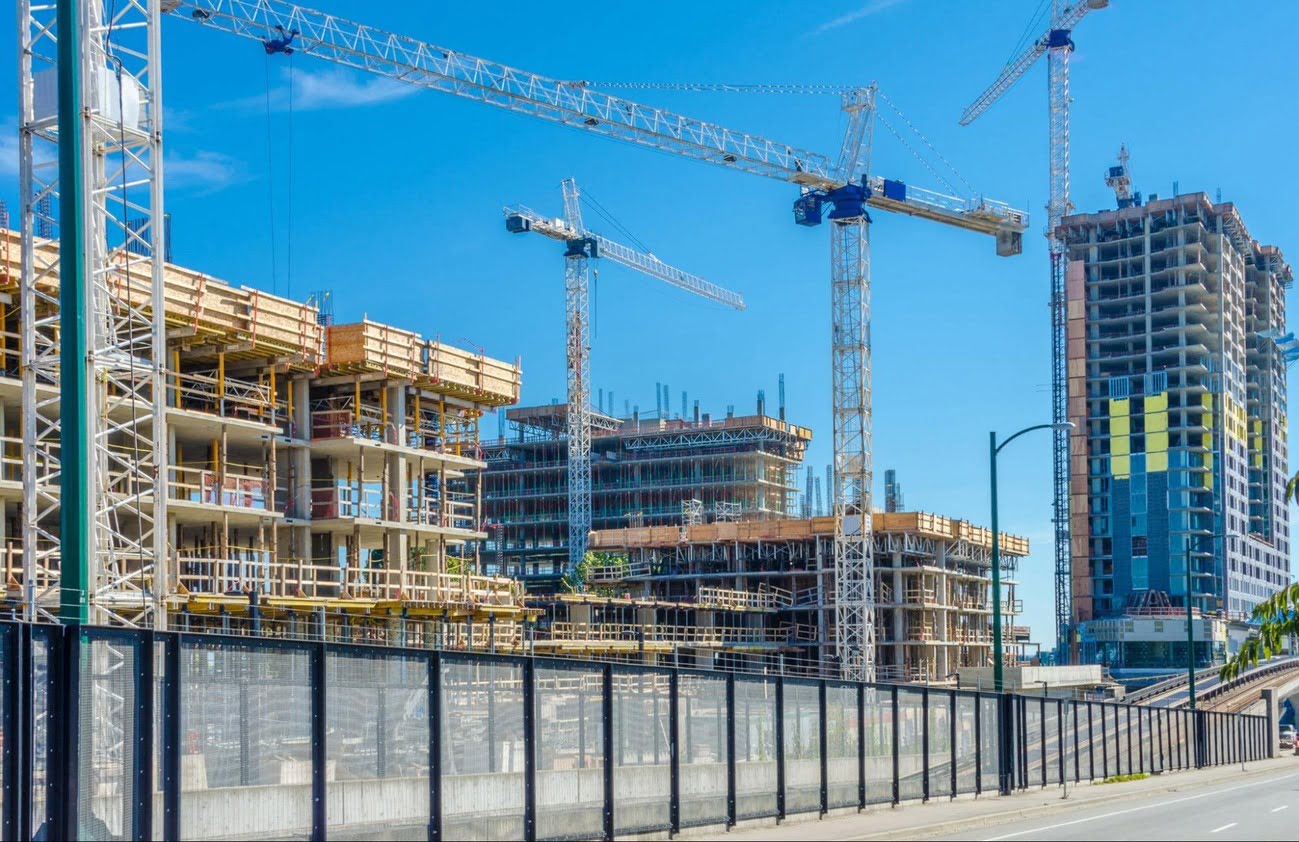
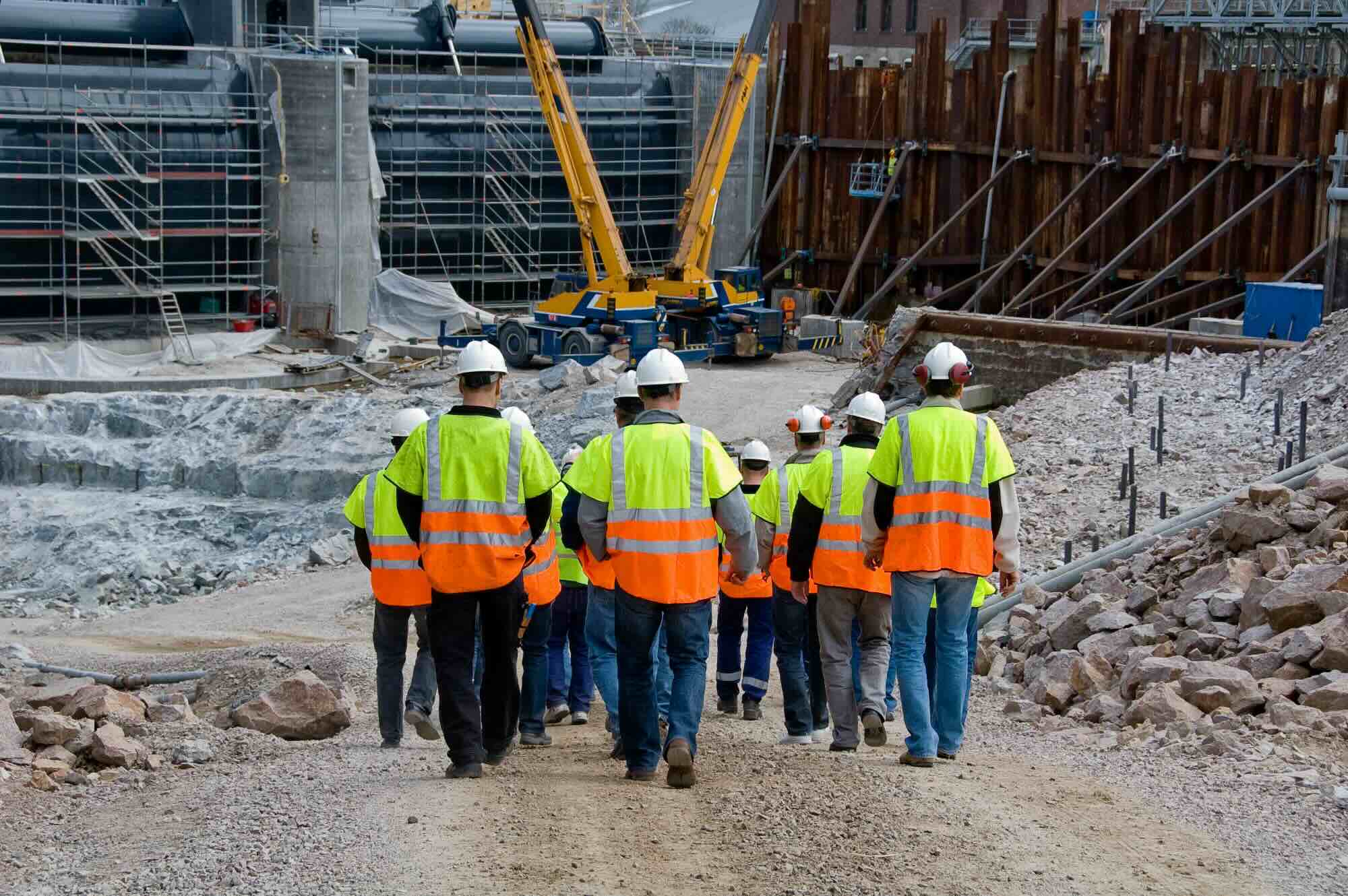
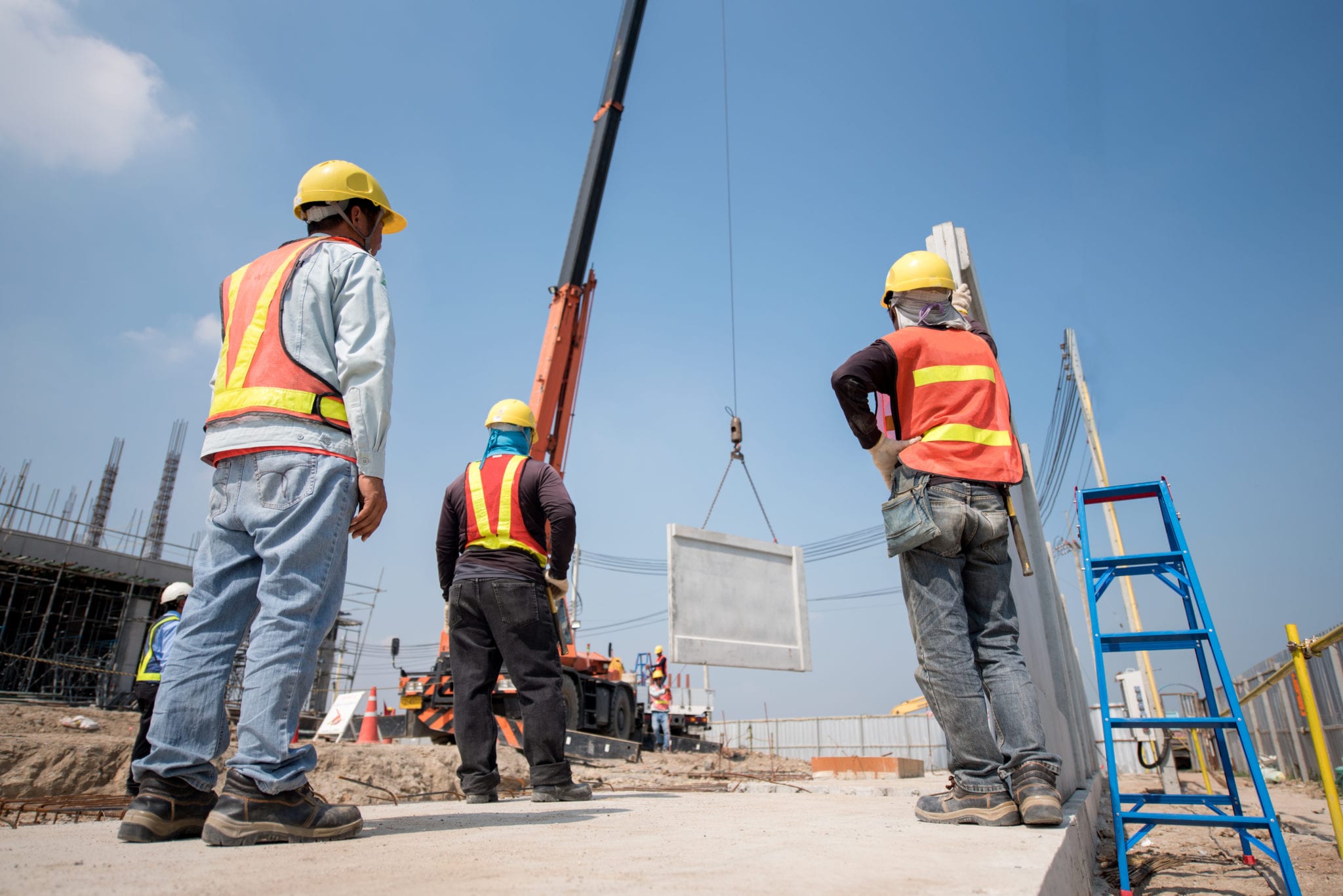

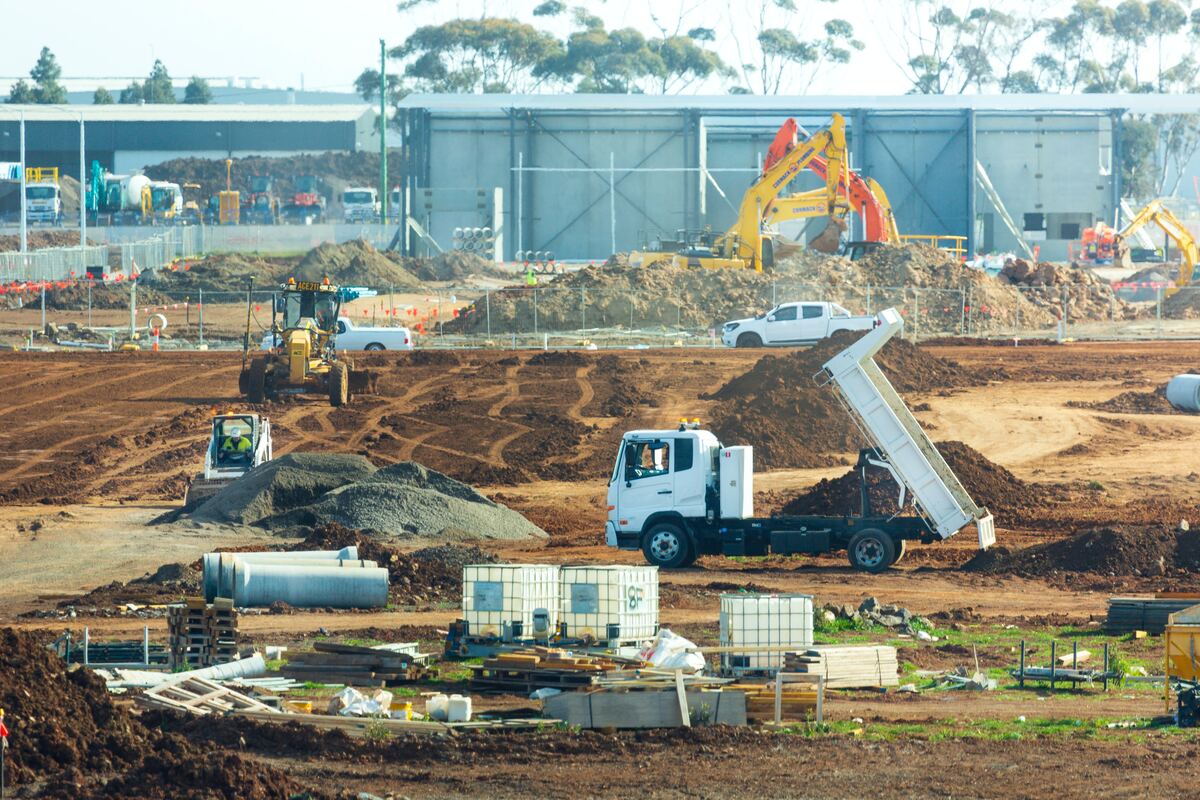
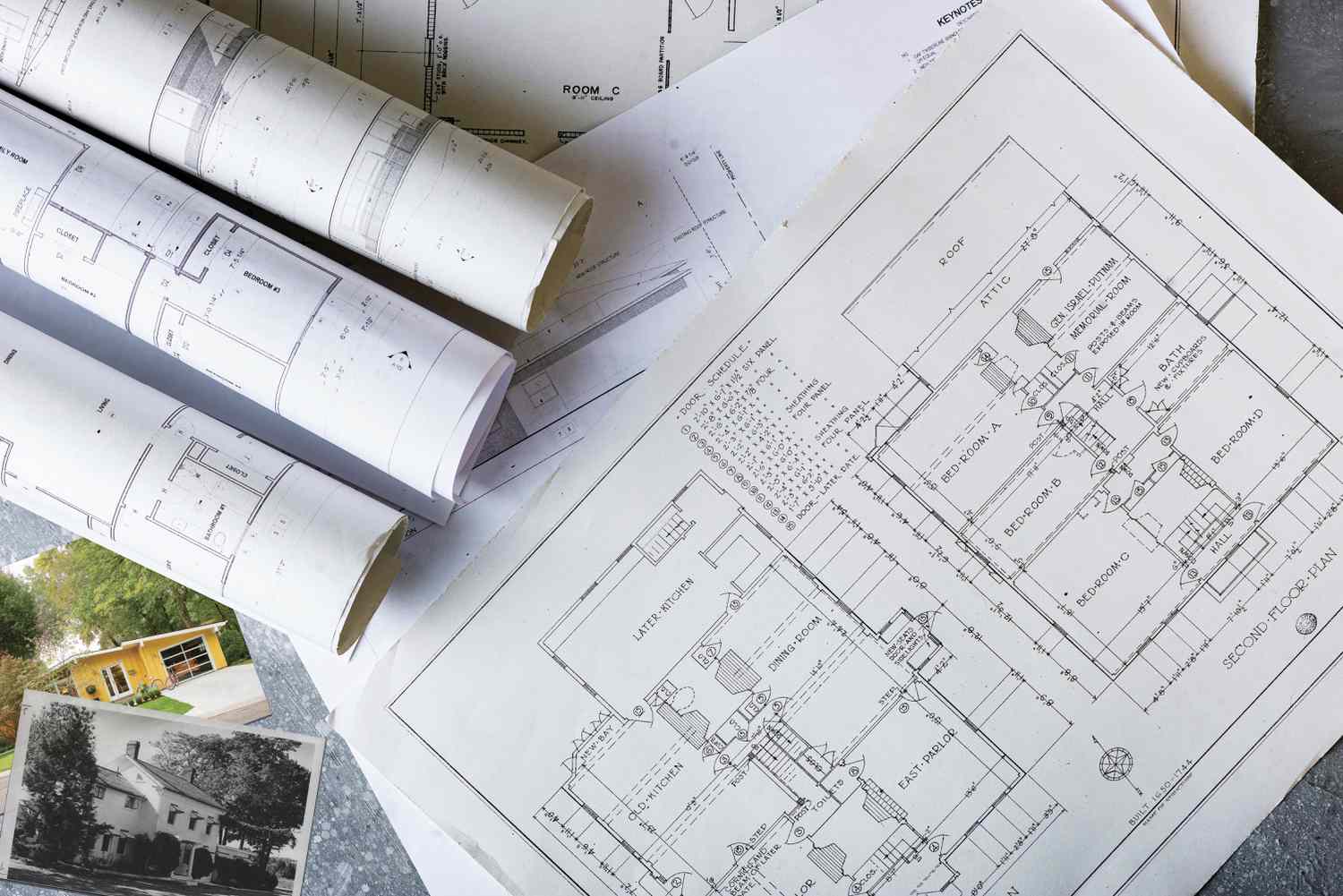







0 thoughts on “Where Are You Most Likely To Encounter Lead On A Construction Site?”